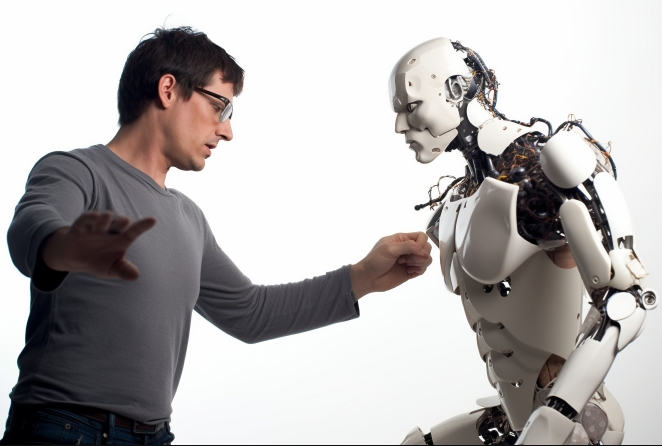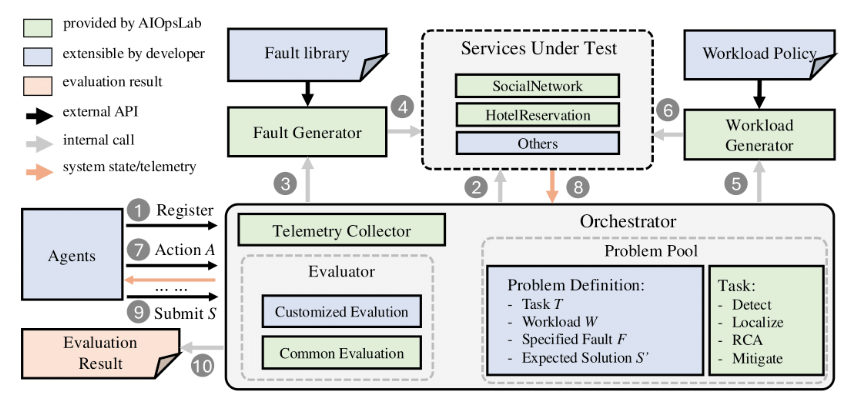In the intelligent driving industry, 2025 is regarded as the "first year of VLA on the road", which marks the emergence of a new technological paradigm. VLA, the Vision-Language-Action Model, was originally proposed by DeepMind in 2023 to improve the robot's ability to understand and respond to the environment. In recent years, this technology has received great attention in the field of autonomous driving.
Compared with traditional visual language models (VLM), the advantage of VLA is that it can not only parse image and text information, but also make decisions through "human-like" thinking.

This enables intelligent driving systems to more accurately reason about complex road conditions, such as reacting appropriately at construction sites or traffic control. According to research by Yuan Rong Qixing, VLA can predict changes in traffic conditions in the next few dozen seconds, while VLM can only infer the situation in as little as 7 seconds. This stronger reasoning ability gives VLA more advantages in processing real-time traffic conditions, promoting the rapid development of intelligent driving technology.
Currently, major players in the industry, such as Li Auto and Yuanrong Qixing, have begun to apply this technology in their models, marking that intelligent driving is entering a new racing stage. In particular, Yuanrong Qixing has reached cooperation agreements with a number of leading car companies and plans to launch smart cars equipped with VLA models in 2025. This move not only enhanced its market competitiveness, but also laid a solid foundation for its future development.
In an increasingly competitive market, whether a company can create a "hot model" has become an important indicator for evaluating its success. The hot sales of popular models can not only provide enterprises with valuable data support, but also accelerate the iterative upgrade of intelligent driving technology. In 2024, Li Auto and Xiaomi Auto quickly accumulated market share and user trust with their best-selling models, becoming industry benchmarks.
The smart driving market is undergoing a technological revolution, and the emergence of VLA has brought new possibilities to the industry. As more models are launched and technology continues to mature, smart driving in the future will be more intelligent, giving users a better driving experience.
AI courses are suitable for people who are interested in artificial intelligence technology, including but not limited to students, engineers, data scientists, developers, and professionals in AI technology.
The course content ranges from basic to advanced. Beginners can choose basic courses and gradually go into more complex algorithms and applications.
Learning AI requires a certain mathematical foundation (such as linear algebra, probability theory, calculus, etc.), as well as programming knowledge (Python is the most commonly used programming language).
You will learn the core concepts and technologies in the fields of natural language processing, computer vision, data analysis, and master the use of AI tools and frameworks for practical development.
You can work as a data scientist, machine learning engineer, AI researcher, or apply AI technology to innovate in all walks of life.







